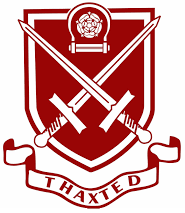Design and Technology
“Together, Learning for Life because… The dreams of today are the future of tomorrow.”
The world is changing faster than we can ever imagine and with fast-paced technological advances our children will see great changes and face tremendous challenges. Our school values and principles nurture our children to become the ‘future of tomorrow’ equipped with life-long skills and a growth mindset. Within design technology, we would like the children to learn to use their 6Rs and to develop creativity, competence to do tasks well, and communication.
Through our curriculum cycles, the children become competent (develop mastery) in a range subjects and use the skills and knowledge they have learned to make links and develop depth to their understanding. STEM which stands for Science, Technology including digital technologies, Engineering and Maths is about helping children develop the technical, creative, and critical thinking skills they need to be part of an innovative future. Design Technology is about solving problems with new ideas and imaginative solutions: inventiveness. Creative thinking applies previously learned knowledge and skills (mastery) in order to imagine or design something new.
The children will have completed a number of practical focused tasks during the year. Focused practical tasks are activities, which model how to do something (often with instructions) and then the children have a go for themselves. For example, the children might learn about pulleys and use K’Nex to create a model with a pulley. In addition, the children in Key Stages 1 and 2 are expected to complete one full design process a year, which communicates a process consisting of: a problem, design brief (why a new product is needed), research (what has already been developed), specification (size, materials used, cost, safety), design ideas - complete with drawings, presentation of ideas (instructions), prototype and evaluation. The way we communicate our ideas and thoughts relies not only on a creative way of presenting ideas for the reader to understand, but also on how competently the problem has been approached or solved.
